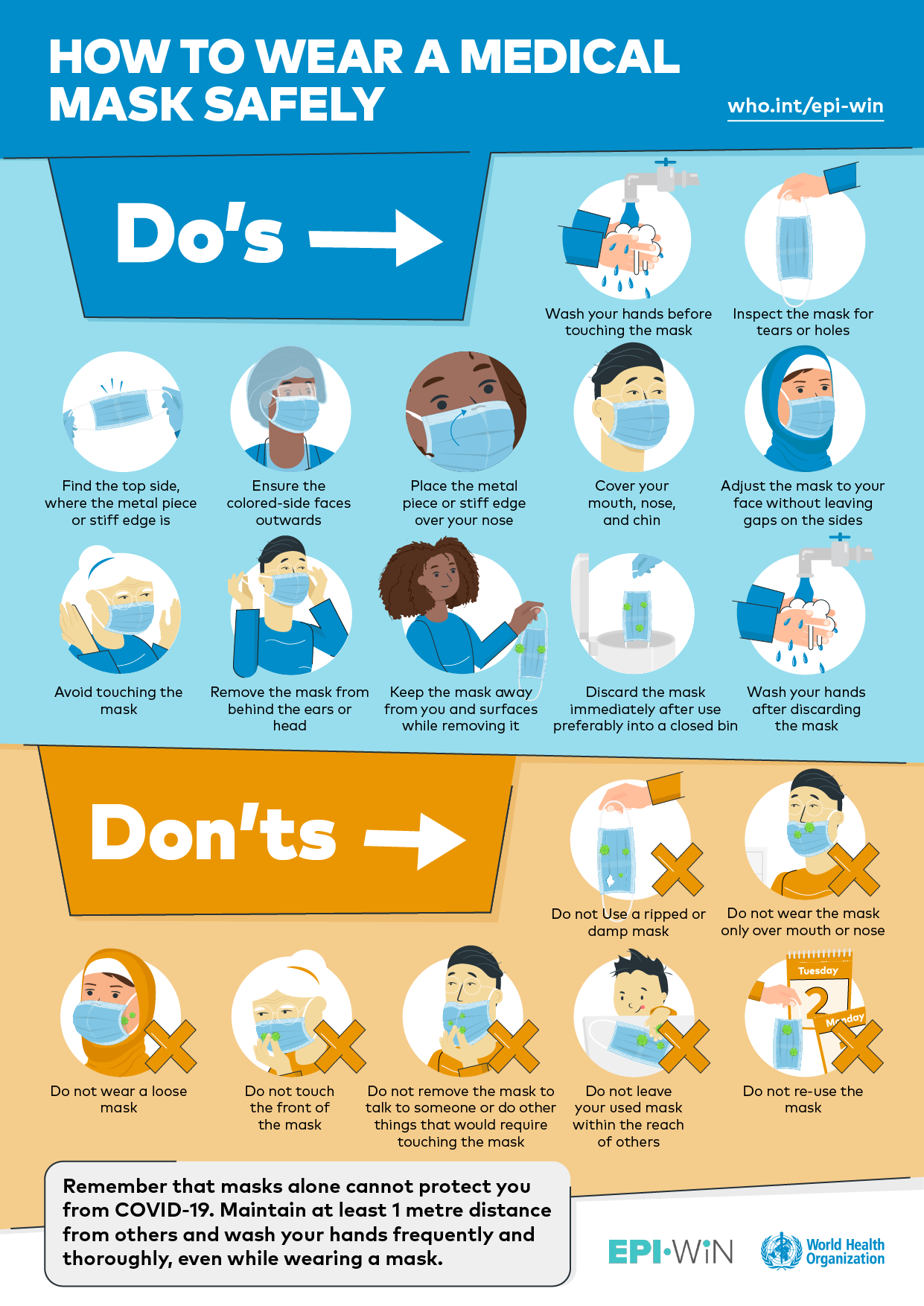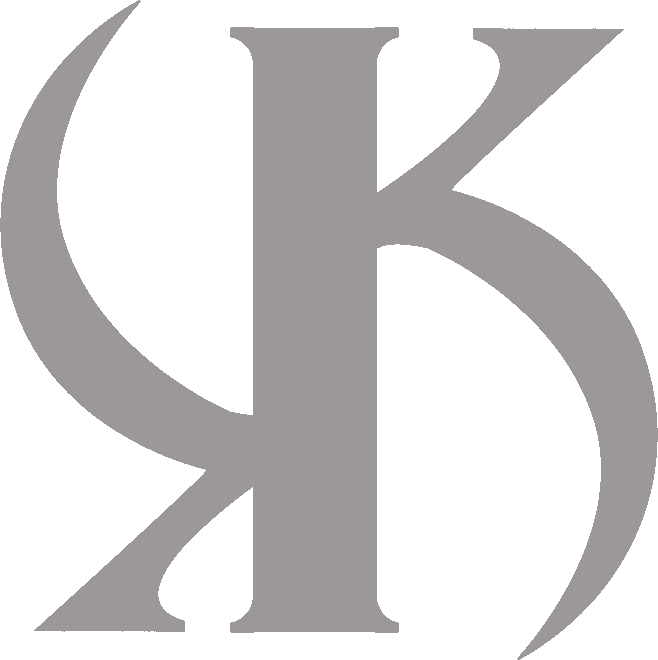
Usage of Masks

When and how to use masks
WHO has recently summarized reports of transmission of the COVID-19 virus and provided a brief overview of current evidence on transmission from symptomatic, presymptomatic, and asymptomatic a people infected with COVID-19 (full details are provided in WHO COVID-19 Situation report 73).
This document provides advice on the use of masks in communities, during home care, and in health care settings in areas that have reported cases of COVID-19. It is intended for individuals in the community, public health and infection prevention and control (IPC) professionals, health care managers, health care workers (HCWs), and community health workers.
Before putting on a mask, clean hands with alcohol-based hand rub or soap and water.
Cover mouth and nose with mask and make sure there are no gaps between your face and the mask.
Avoid touching the mask while using it; if you do, clean your hands with alcohol-based hand rub or soap and water.
Replace the mask with a new one as soon as it is damp and do not re-use single-use masks.
To remove the mask: remove it from behind (do not touch the front of mask); discard immediately in a closed bin; clean hands with alcohol-based hand rub or soap and water.
If you are healthy, you only need to wear a mask if you are taking care of a person with COVID-19.
Wear a mask if you are coughing or sneezing.
Masks are effective only when used in combination with frequent hand-cleaning with alcohol-based hand rub or soap and water.
If you wear a mask, then you must know how to use it and dispose of it properly
When and how to wear medical masks to protect against the new coronavirus?
If you do not have any respiratory symptoms, such as fever, cough, or runny nose, you do not need to wear a medical mask. When used alone, masks can give you a false feeling of protection and can even be a source of infection when not used correctly
